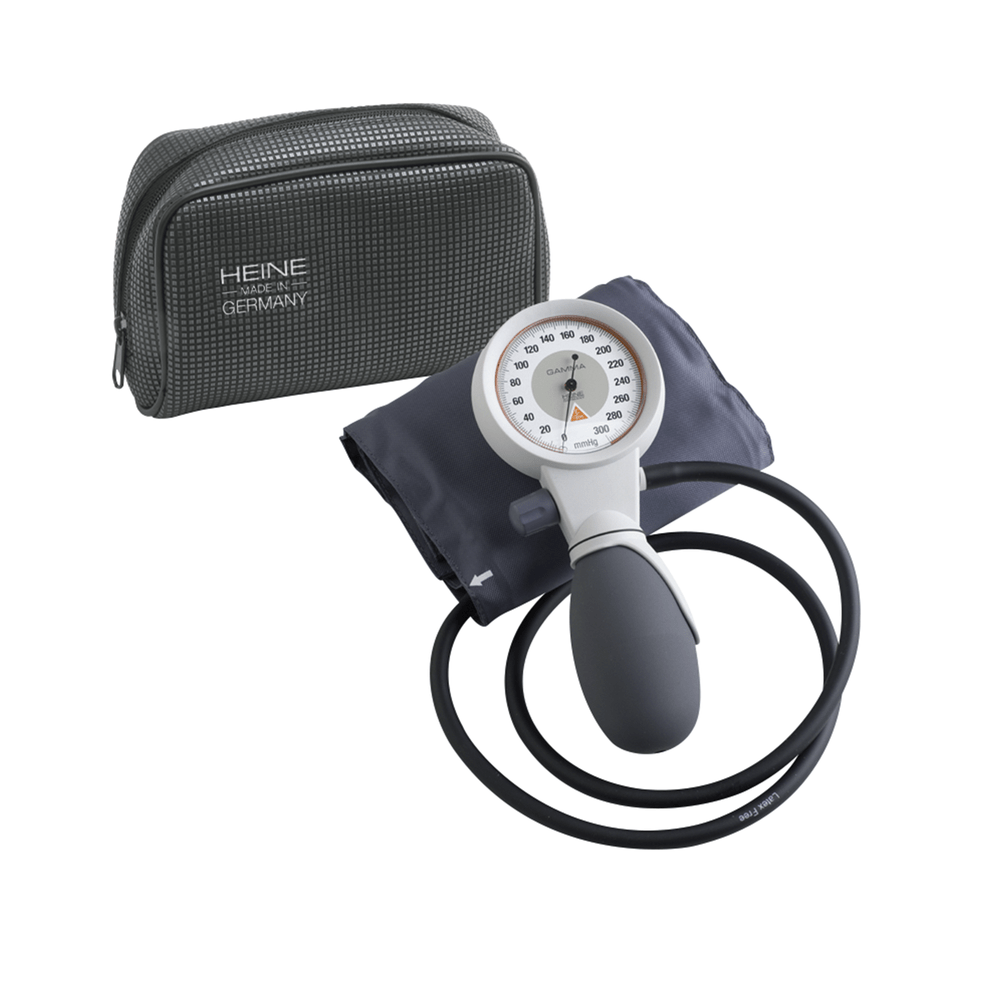Sphygmomanometer

Invention of the Sphygmomanometer was done by Samuel Siegfried Karl Ritter. The mercury sphygmomanometer which is known to us was developed by Scipione Riva Rocci in 1896. A sphygmomanometer commonly known to us Blood Pressure monitor is a device which is used to monitor the pulse rate and blood pressure. It consists of an inflatable cuff and a measuring unit which is operated manually. Manual sphygmomanometer is used along with a stethoscope and the rubber cuff is tied around the arm. The blood pressure is measured using two numbers. The first one is systolic and the other one is diastolic. Through systolic we can measure the pressure in your arteries when your heart beats. On the other hand, the diastolic measures the pressure when you rest between beats.In humans Cuff is placed smoothly around an upper arm. For clinical estimations it is common to quantify and record the two arms in the underlying meeting to decide whether the strain is fundamentally higher in one arm than the other. Assuming the arms read in an unexpected way, the higher perusing arm would be utilized for later readings. The sleeve is swelled until the supply route is totally blocked. As the tension in the sleeves falls, a “whooshing” or beating sound is heard when blood stream initially begins again in the course. The tension at which this sound started is noted and recorded as the systolic pulse. The sleeve pressure is additionally delivered until the sound can as of now not be heard. This is recorded as the diastolic circulatory strain. In uproarious conditions where auscultation is incomprehensible, (for example, the scenes frequently experienced in crisis medication), systolic circulatory strain alone might be perused by delivering the tension until an outspread heartbeat is touched (felt). In veterinary medication, auscultation is seldom of utilization, and palpation or representation of heartbeat distal to the sphygmomanometer is utilized to identify systolic tension.
Types- If we talk about the types then there are two types of sphygmomanometer
- 1. Manual– Particularly a stethoscope is required to listen to the internal sounds of the body. This type of sphygmomanometer is used by healthcare professionals. Mercury sphygmomanometers are considered the best as their prices are reasonable and they are quite accurate also. As they are highly accurate they are also preferred in case of pregnant women. The other known name of mercury sphygmomanometer is Baumanometer. Mercury Sphygmomanometers are considered as the first choice for every healthcare professional for many decades.
The other one which falls in this category is Aneroid sphygmomanometer. In some cases this sphygmomanometer is considered safest and most accurate if we compare this with mercury sphygmomanometer.
- Digital– In this type of sphygmomanometer a doctor does electronic calculations rather than asculations. These types of sphygmomanometers are easily operable even in noisy environments. In some cases these are not preferable and may not be advisable as their calculations are doubtful. The reason for doubt is that the method for detection is oscillometric
and as a result the blood pressure readings are different as compared to those measured by auscultation.
Description of sphygmomanometer which we provide:
Skytech medical provides you with a 100% genuine product in terms of quality. The sphygmomanometer is from the German brand which is Heine.
Features:
1.First of all it is highly durable and reliable.
- The bulb volume is 50% larger.
- Provides you precise air release adjustment.
- Washable
- The coating of this sphygmomanometer is anti-slip.
Stay in touch with Skytech medical and do explore our reliable products.
